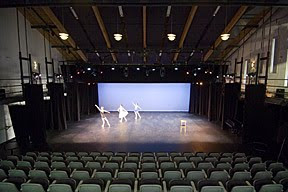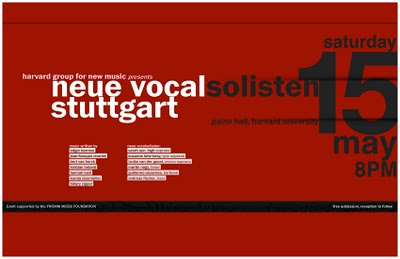Looking for the studio album? Visit www.electroclarinet.com A month ago, I described the live electronic processes used in parts 1 and 3 of Electroclarinet 2 . Let me now present the processes number 2, 4, and 5. They use real-time harmonization, either to create chord sequences (part 2 & 4) or arpeggios (part 5). From frozen sound to chord sequence At the end of the serenade, at around 3:18, I freeze the clarinet note. This frozen sound is heard synthesized at around 3:30, then transformed from 3:49 into a chord sequence. I especially like this sound processing, because it uses the harmonic sequence that Debussy composed in the third movement of his Sonata for Cello & Piano . Patch #2: a sound is frozen live, then harmonized into a chord sequence. Patch #4 is similar to patch #2, with a different harmonic sequence. Sound is frozen at around 5:25, played back at 5:33, and the chord sequence starts around 5:40. Arpeggios in a whole tone scale The last live electronic sou...



